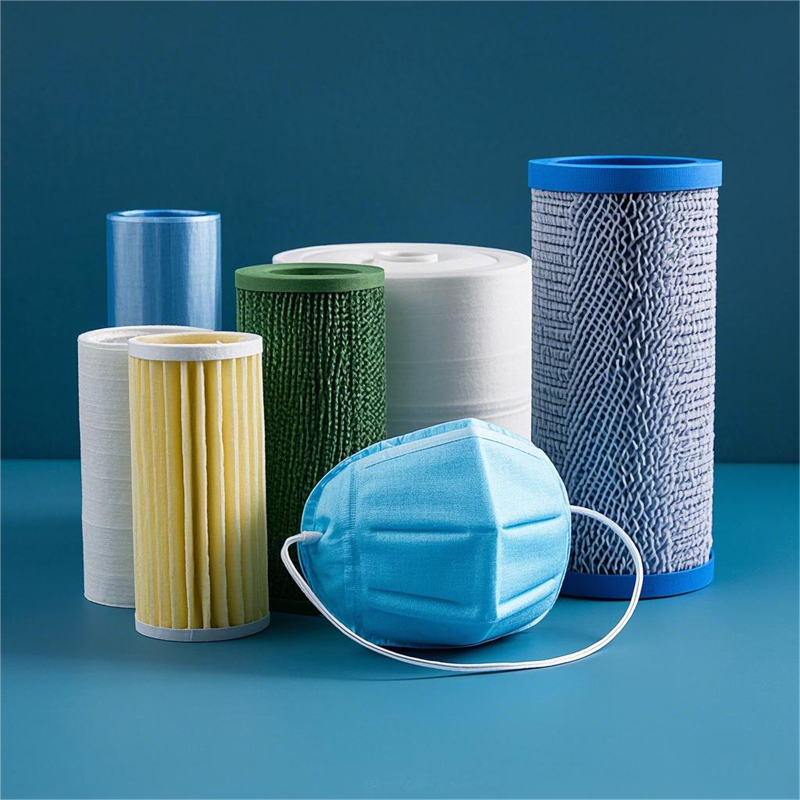Sources and Hazards of Radon Gas
Radon gas mainly comes from the decay of rocks and soil. In particular, some rocks containing radioactive elements, such as granite and marble, release radon during the decay process. Using a large amount of marble, granite and other materials in interior decoration may increase the indoor radon concentration.
Radon is a colorless, odorless and hardly detectable radioactive gas. Once inhaled into the lungs, its radioactive particles will attach to the respiratory mucosa and release alpha rays. These rays can damage lung cells, thus increasing the risk of lung cancer. Radon is the second leading cause of lung cancer, second only to smoking. For non-smokers, radon may be the primary cause of lung cancer.
The Relationship between Radon Gas and Lung Cancer
Carcinogenic Mechanism
The alpha rays released by radon can directly damage the DNA of lung cells, leading to gene mutations and cell carcinogenesis. Long-term exposure to a high-concentration radon environment significantly increases the risk of damage to lung cells, which in turn triggers lung cancer.
Epidemiological Evidence
Multiple epidemiological studies have shown that there is a positive correlation between indoor radon concentration and the incidence of lung cancer. That is, the higher the indoor radon concentration, the higher the incidence of lung cancer. Especially in some areas with special geological conditions and high content of radioactive elements in rocks, the incidence of lung cancer is often higher, which is closely related to the higher indoor radon concentration in those areas.
Prevention and Countermeasures
Reducing Indoor Radon Sources
During indoor decoration, try to minimize the use of materials containing radioactive elements, such as marble and granite. Keep the room well-ventilated and open the windows regularly for ventilation to reduce the indoor radon concentration.
Detection and Treatment
Regularly invite professional institutions to conduct radon concentration tests in the room to understand the indoor radon level. If the indoor radon concentration exceeds the standard or it is impossible to effectively open the windows for ventilation due to the external environment, effective protective measures should be taken, such as using an air purifier. Medlong is committed to research, develop and manufacture the high-efficiency air purification materials, provide stable and high-performance filter materials for the global air purification field, which can be applied to indoor air purification, ventilation system purification, automobile air conditioner filtration, vacuum cleaner dust collection and other fields.
Personal Protection
Avoid staying in closed, unventilated environments for a long time. When doing outdoor activities, pay attention to wearing masks and other protective measures to reduce the inhalation of harmful substances in the air.
In conclusion, radon gas is indeed one of the key causes of lung cancer. To reduce the risk of lung cancer, we should pay attention to the indoor radon problem and take effective preventive and control measures.
Post time: Jan-09-2025













